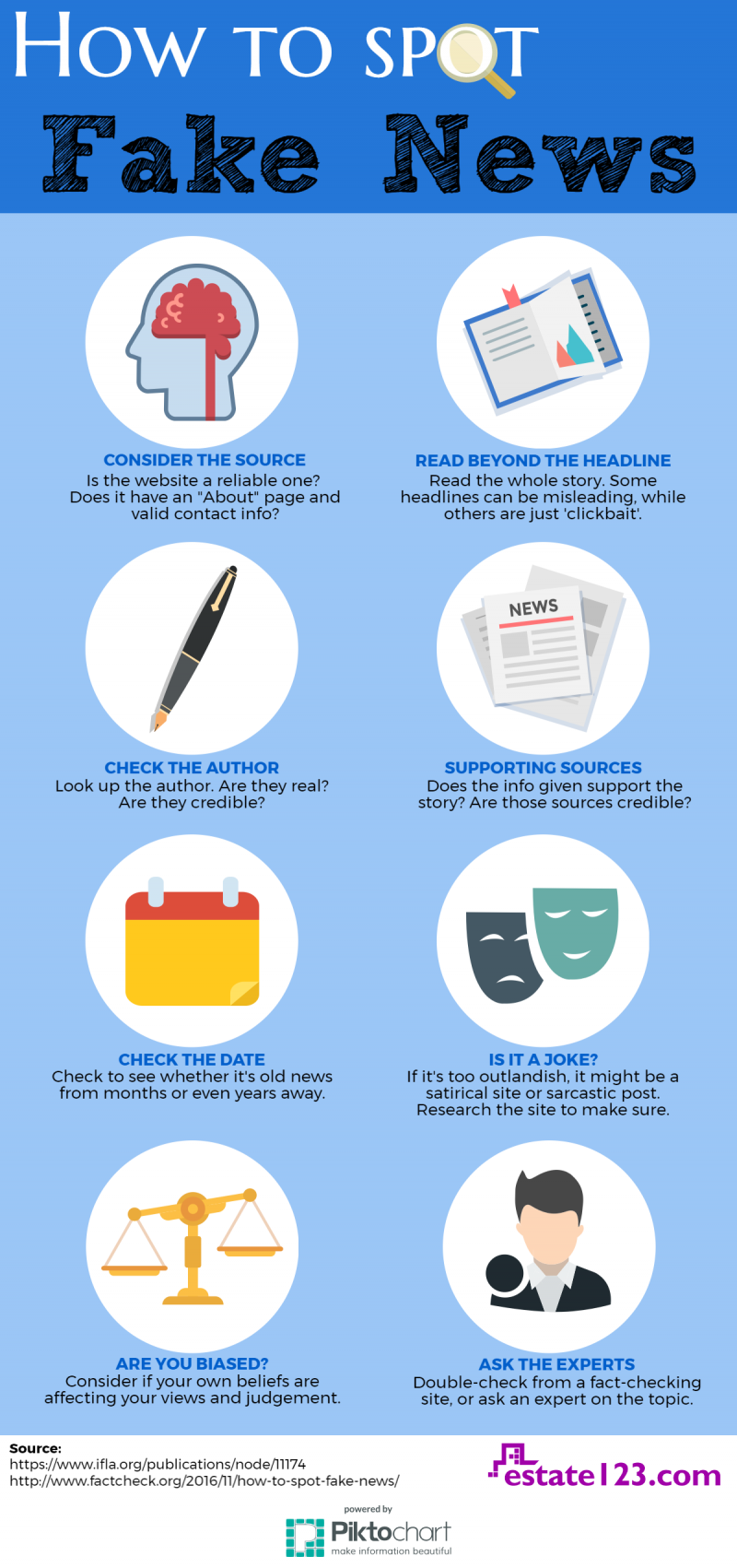Social media has provided us many benefits, in terms of changing the way we create and maintain relationships, communicate, and share information. However, in recent times, it has also been a means for the spread of misinformation, especially on social networks like Facebook where people can easily comment on and share the things they come across online.
We come across surprising, shocking, and sometimes downright unbelievable “news” on social media every single day. From allegations of plastic food to conspiracy theories, celebrity deaths to terrorist bombings, actual legitimate news can seem ‘boring’ in comparison, so sensational fake news is more easily absorbed and eagerly shared by the masses to attract attention.
“That’s a key difference between what some people call fake news and what is actually news published by a legitimate news organization. An error is an error. Trustworthy news sources acknowledge errors and publish corrections.” —Rob Curley, editor of The Spokesman-Review
If the news is only coming from one or two (unknown) sources, if it sounds too unbelievable to be true, if it seems like something’s not right or written in jest to make fun of something…. it most likely is. So take half a minute to double, no, triple check before you hit the “Share” button.
(Feel free to share this infographic; we only ask that you credit it to Estate123.com and link back to this page!)


![[Infographic] How To Spot Fake News](https://insight.estate123.com/wp-content/uploads/2017/06/fake-news-suspicious-shady-e1496301677885.jpg)
![[Infographic] 7 Reasons Why Women Are Better Investors](https://insight.estate123.com/wp-content/uploads/2017/10/7-reasons-why-women-are-better-investors-header-e1509090445678-380x264.png)

![[Infographic] New Homeowners: Paint or Wallpaper?](https://insight.estate123.com/wp-content/uploads/2018/07/paint-wallpaper-header-e1532932767720-440x250.png)
